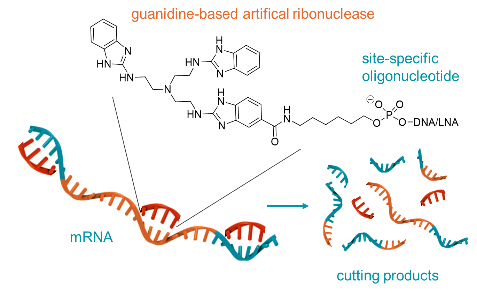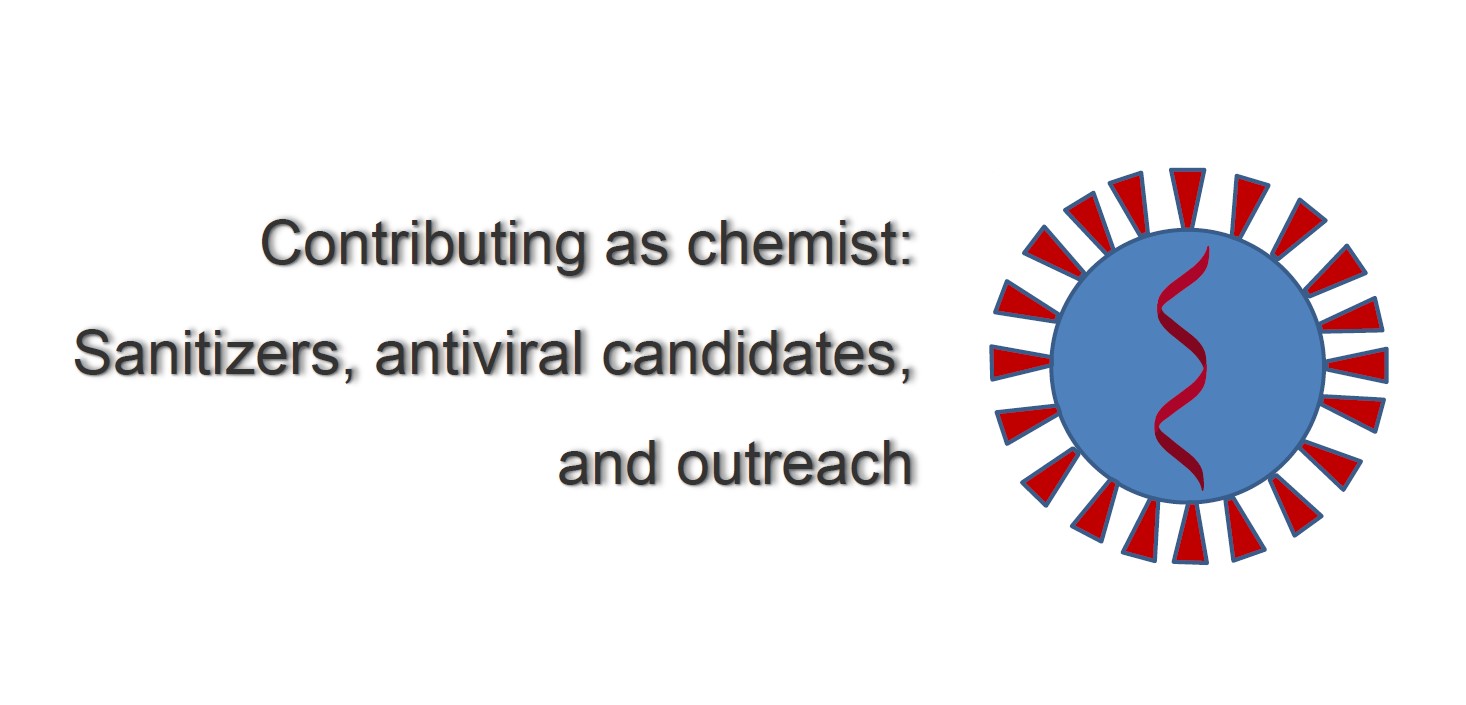Paper Highlights
- A quantitative model of enzyme-free copying of RNA with dimers
- Quality Control of mRNA Vaccines by Synthetic Ribonucleases: Analysis of the Poly-A-Tail
- Ribosome-free translation up to pentapeptides via template walkon RNA sequences
- Solid-Phase-Supported Chemoenzymatic Synthesis of a Light-Activatable tRNA Derivative
- Controlling Coagulation in Blood with Red Light






